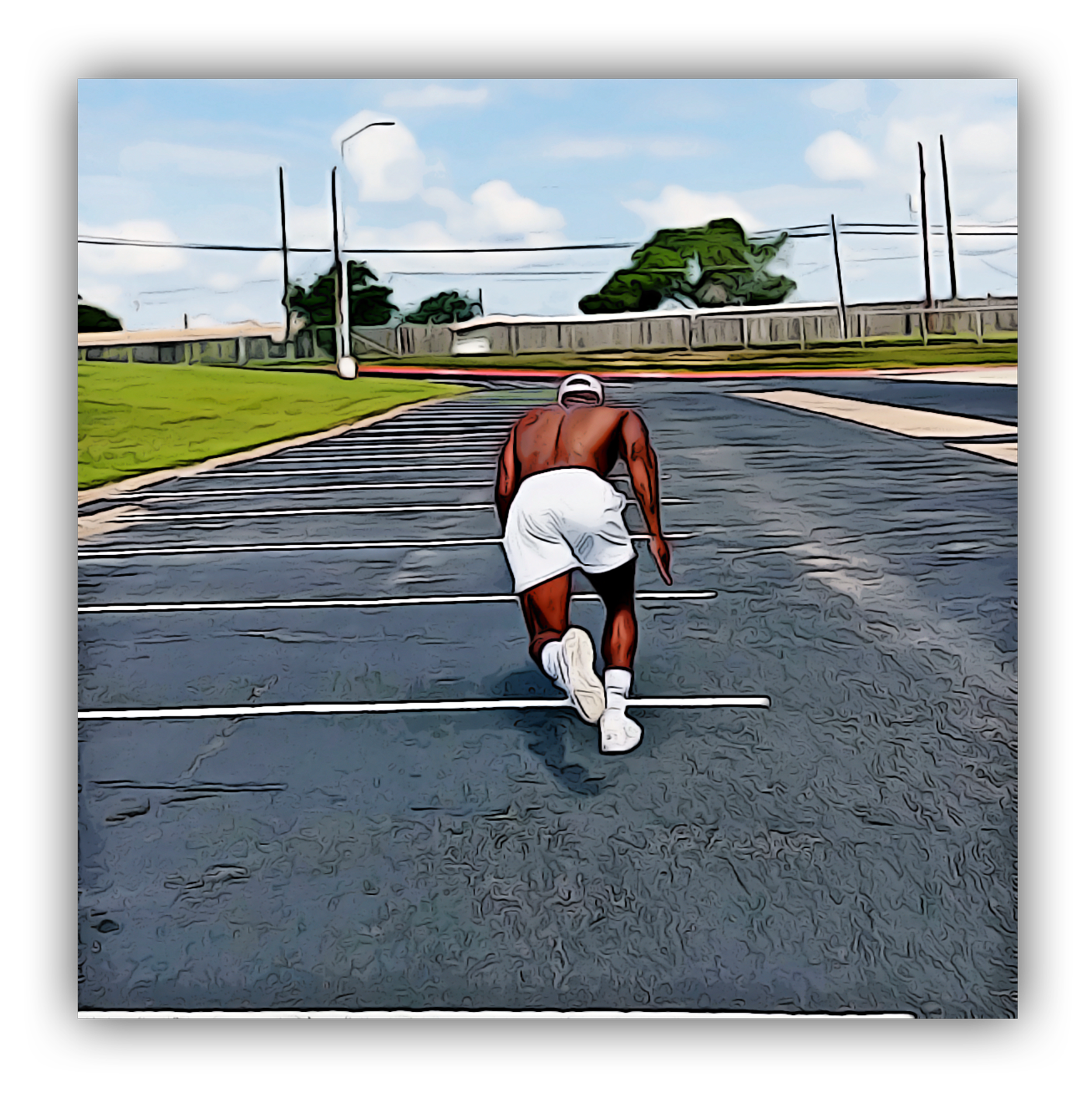How To Do HIIT Without Sacrificing Muscle
I get a small thrill from mixing my cardio sessions up. I’ve always been into sports, so breaking out of the monotony of steady state cardio from time to time is a go. You may have seen me trying to relive old basketball days on my TikTok page. I put the fun in cardio with high intensity interval training and here’s the case for you to do the same.
SECTIONS:
How To Do HIIT Without Sacrificing Muscle
How To Do HIIT Without Sacrificing Muscle
What Is HIIT
As always our aim is centered around building muscle, while losing body fat. High intensity interval training (HIIT) can help with the aim. HIIT or what some would call circuit training is any type of exercise involving short-medium length explosive (whatever explosion is for your fitness level) movements that’ll rev your heart rate up.
What Are Benefits Of HIIT
As with any form of cardio you’ll burn body fat and enhance stamina. What’s special about a HIIT cardio workout is athleticism comes into play during the heart strengthening session. In addition HIIT is a time saver. With low intensity steady state cardio you may burn more fat during the period.. However!
In addition to the in addition, these explosive movements ask for more from your type ii muscle fibers (still not as good as weight training) so there’s a possibility for building a little muscle when you HIIT it. With this type of circuit workout you burn roughly twice as many calories overall compared to steady state cardio because up to 48 hours later you’re still burning calories from a single high intensity session.
“Similar to how a car’s engine remains warm after being turned off, once a workout is over and you’re back in your daily routine, your body’s metabolism can continue to burn more calories then when at complete rest. This physiological effect is called excess post-exercise oxygen consumption, or EPOC. Also known as oxygen debt, EPOC is the amount of oxygen required to restore your body to its normal, resting level of metabolic function (called homeostasis). It also explains how your body can continue to burn calories long after you’ve finished your workout.”[1]
Note: EPOC is exaggerated by higher intensity so during your work intervals go all out for greater impact.
How Often To Do High Intensity Cardio
In the perfect world you could go after it endlessly with HIIT and lifts, yet we all have our limits. The central nervous system (CNS) will eventually have something to say if you challenge it far too often without adequate recovery. Doing so will lead to a condition called overtraining. Not a ‘funner’ time, it’s a bummer time. To avoid overtraining listen to your body, ensure your nutrition is substantial, and enforce rest that matches your output according to your goals/activity level.
How To Do HIIT Without Sacrificing Muscle
For our goal these are the guidelines.. Work, rest, and repeat for the allotted time period. Ideally 15-30 minutes is a good length for HIIT.. Work for 10-90 seconds max followed by a rest period of 10-120 seconds.
Working at such an elevated heart rate for longer than 90 seconds puts you at greater risk for catabolizing your musculature, so keep it sweet and in context. Randomize how you go; some days I’ll do a 100 meter sprint, walk back and sprint again for, however many minutes. Then it could be a random HIIT cardio workout like 20 minutes of:
30 burpee with tucks
40 seconds rest
60 seconds of maximal vertical jumps
70 seconds rest
Other days I’ll flip a tire, do broad jumps, double unders, burpees, rest, and repeat. Then you can catch me doing heavy bag intervals 🥊. Endless combinations are possible with HIIT. Challenge yourself, make it fun.. Use your imagination while putting those muscles to use and Be Great.



